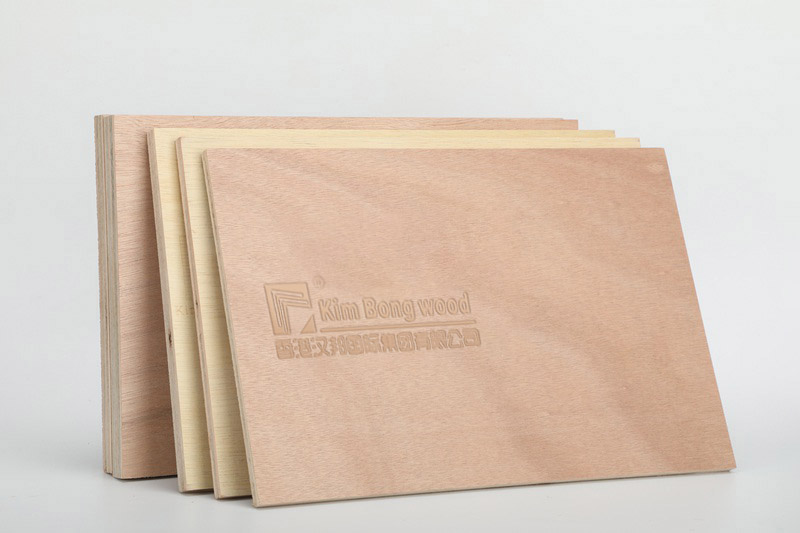Is Particle Board Good for Furniture?
Particle Board is a widely used engineered wood product in the furniture industry, sparking frequent debate among designers, manufacturers, and consumers. The question of its suitability is not a simple yes or no, but rather a matter of understanding its properties, optimal applications, and how it compares to other materials. This analysis provides a professional overview to inform your decision-making process.
Understanding particle board
Particle board, also known as chipboard, is manufactured by compressing wood chips, sawmill shavings, and resin under high heat and pressure. This process creates a dense, uniform panel that is inherently more affordable and environmentally efficient than solid wood, as it utilizes waste materials from other wood production processes.
Advantages for Furniture Manufacturing
Cost-Effectiveness and Consistency: The primary advantage of particle board is its low cost. It provides a stable, flat, and consistent substrate that is free from the knots, grains, or natural imperfections found in solid wood. This uniformity allows for high-volume, precision manufacturing of furniture components and is ideal for applications that will be covered with laminates, veneers, or paints.
Surface for Finishing: The smooth, homogeneous surface of particle board is exceptionally well-suited for laminates and veneers. These finishes adhere seamlessly, creating a flawless appearance that can mimic higher-end materials like wood grain or solid colors at a fraction of the cost. This makes it a cornerstone material for modern, flat-pack furniture and sleek, contemporary designs.
Limitations and Considerations
The performance of particle board is heavily dependent on its density, quality, and application.
Moisture Sensitivity: Standard particle board has a significant weakness: it is highly susceptible to moisture and water damage. Prolonged exposure can cause the board to swell, warp, and lose its structural integrity. Therefore, it is not recommended for use in high-humidity environments like bathrooms or kitchens without extensive sealing or specifically engineered moisture-resistant grades.
Weight-Bearing and Fastening: While particle board is strong under compression, it does not hold screws and other fasteners as well as plywood or solid wood. Over-tightening or reassembling furniture can strip screw holes. Its load-bearing capacity is also lower, making it less ideal for structural elements like the long spans of shelving holding heavy weights or the frames of large, load-bearing furniture pieces.
Professional Applications and Recommendations
Particle board is an excellent choice for specific furniture applications:
Desktop Surfaces: When properly supported and finished with a durable laminate.
Shelving: For bookshelves and cabinets where shelves are short and well-supported by brackets.
Cabinet Interiors: For unseen elements like drawer bottoms and cabinet backs.
Budget-Conscious Case Goods: For bookcases, media consoles, and sideboards with a laminated finish.
For areas requiring greater strength or moisture resistance, materials like medium-density fiberboard (MDF)—which offers a smoother edge and better screw-holding capacity—or plywood—which provides superior structural strength—are often recommended.
Conclusion
Particle board is a good material for furniture when its properties are correctly matched to the application. It is an economical, consistent, and reliable choice for non-structural, interior furniture pieces that will be protected with a high-quality finish and kept in dry conditions. Understanding its limitations regarding moisture and mechanical fastening is key to ensuring the longevity and durability of the final product. For projects where budget and a perfect surface finish are priorities, particle board remains a fundamentally sound and industry-standard option.
Previous: How To Cut Furniture Board?


